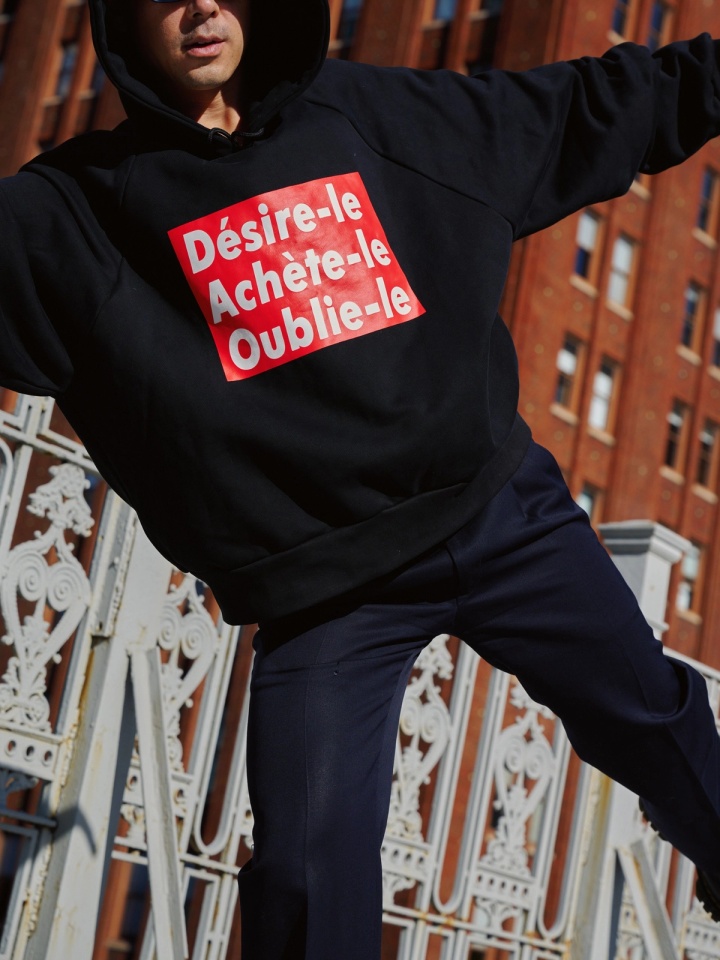
Join Performa's mailing list to stay up to date on the latest news and upcoming events.


The Biennial Hub is open every day from 12-8 pm during the biennial and is a welcoming temporary public space that will be the epicenter of the three-week program in downtown Manhattan.
Located at 424 Broadway, the 2025 Biennial Hub will be designed by Diller Scofiio + Renfro.
This marks the first collaboration between Performa and Diller Scofidio + Renfro, though the two previously worked alongside each other on SCL 2110 organized by Rodrigi Tisi in Chile in 2010. Over the years, RoseLee Goldberg has written about Diller Scofidio + Renfro and their impact on contemporary art and architecture. This shared history at the crossroads of architecture and performance makes the partnership a natural extension of their work.
The Hub will host performances, conversations, screenings, installations, and workshops throughout the Biennial, with a special focus on Performa Studio, a new program on dance conceived in collaboration with choreographers Moriah Evans and Isabel Lewis. Performa Studio transforms the Hub into a dynamic performance laboratory where movement and choreography intersect with visual art, architecture, and everyday life.
In 2007, Performa presented Dance After Choreography, and in 2011 it introduced Boris Charmatz’s Museum of Dance at the Performa 11 Hub, both affirming dance as a cornerstone of its programming. In 2025, with Performa Studio, it anchors the Biennial once again through dance. This new experimental program unfolds daily at the Hub and is fully open to the public.

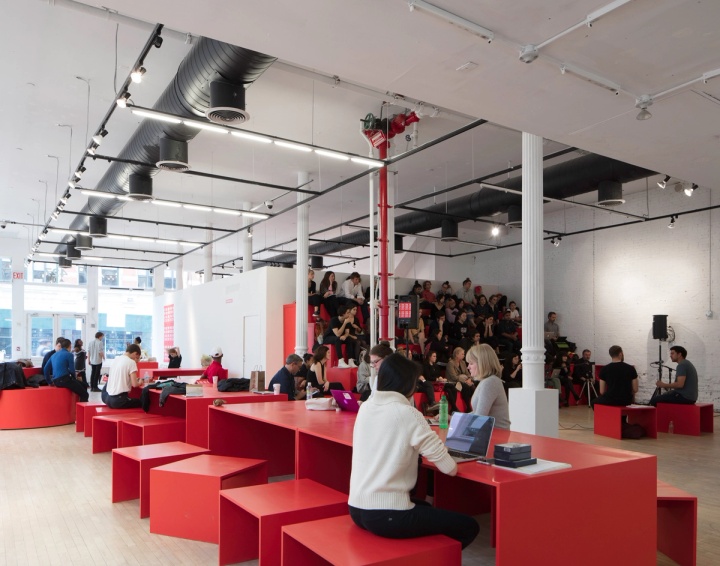
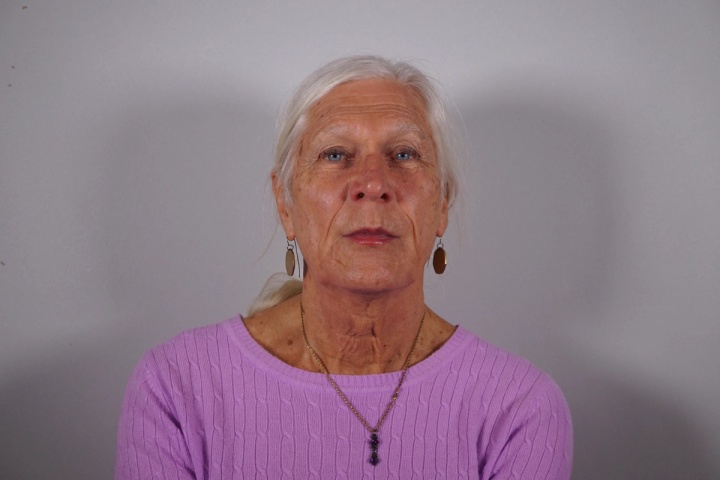
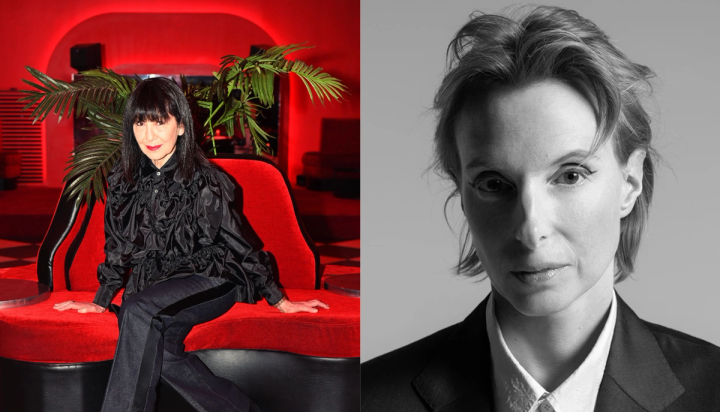
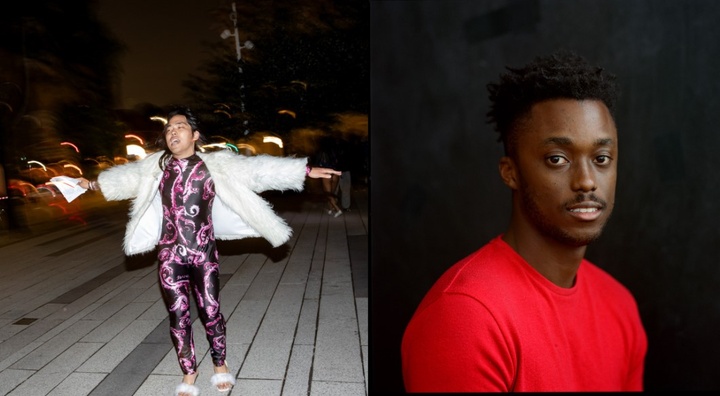
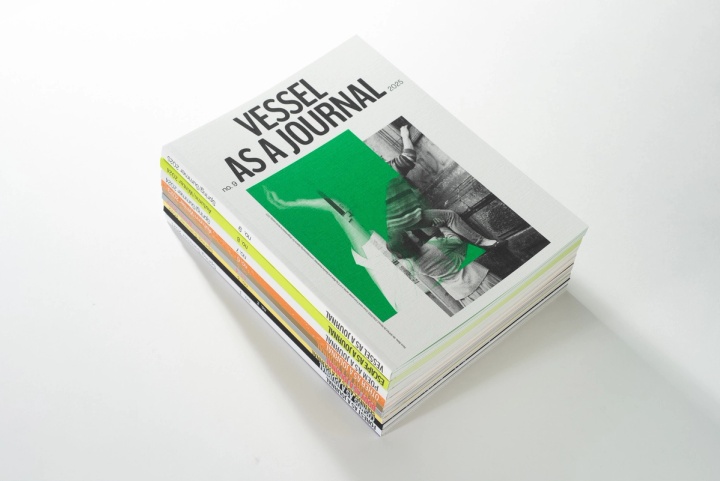

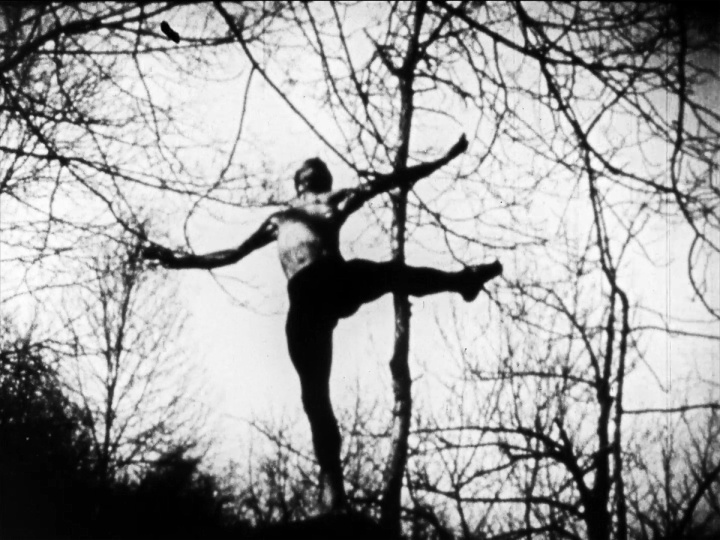
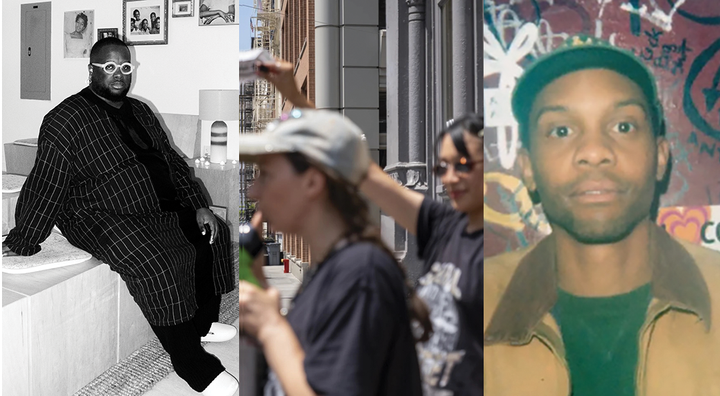
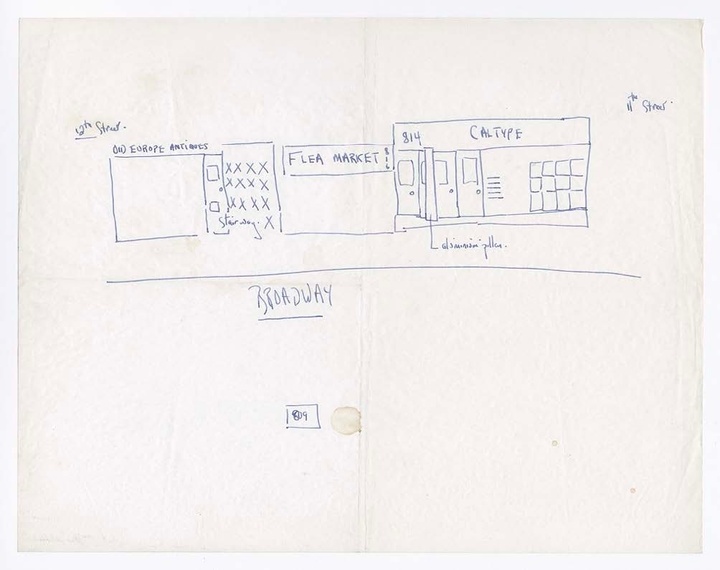
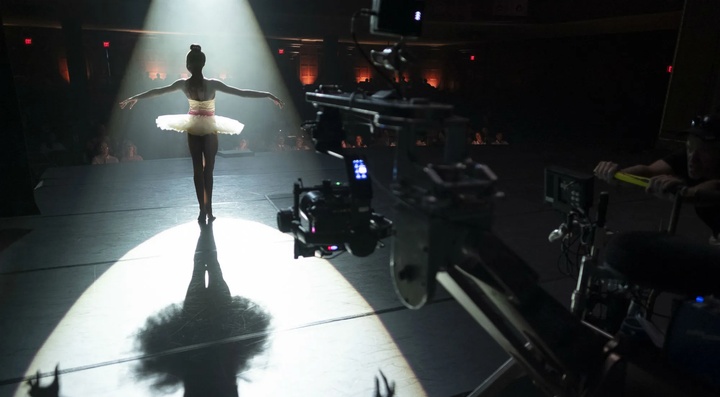
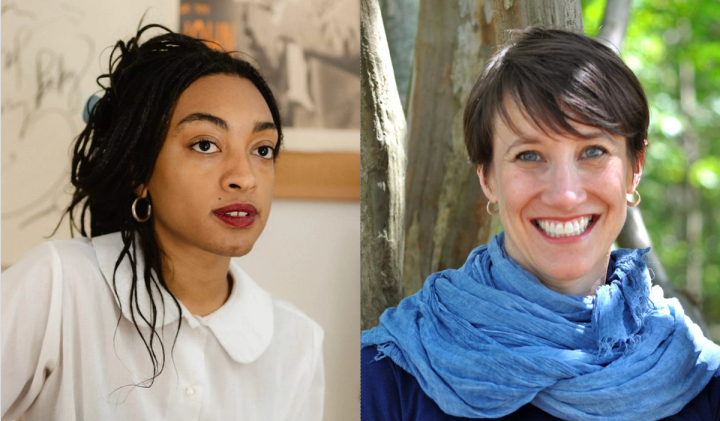
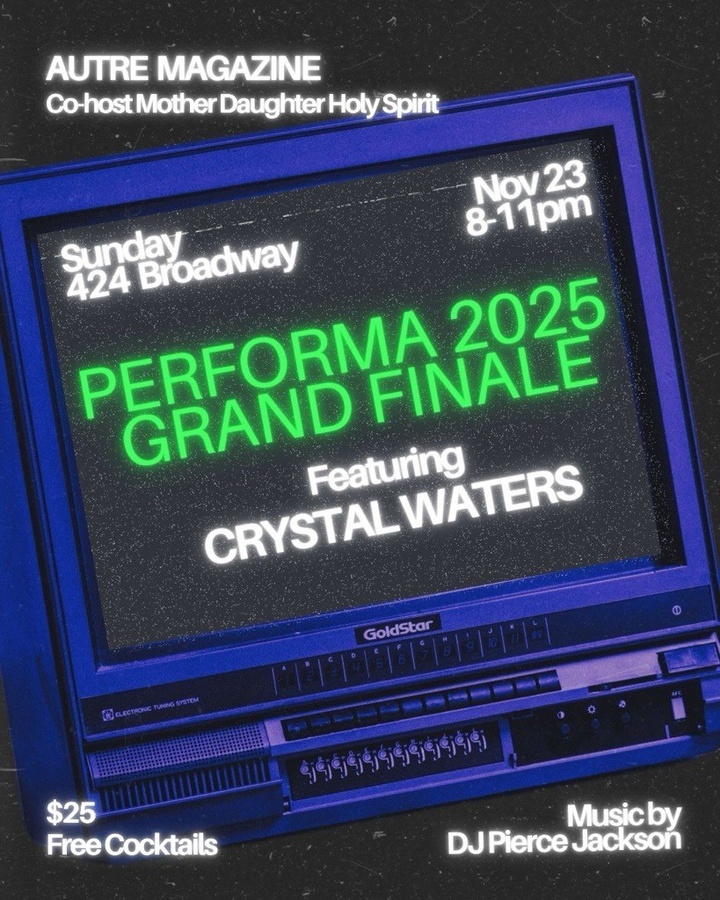

In July 23, 1964, Lucinda Childs premiered Street Dance, a site-specific dance performed from a loft. One of the work’s distinguishing features was an audio recording of Childs’s voice, guiding the choreography unfolding below on the sidewalk. Street Dance was a precisely timed six-minute piece, its duration determined by the length of that recording.
Around the same time, in April 1964, Yvonne Rainer was performing Room Service in Philadelphia and reflecting on the pleasures and labor of hauling a mattress. She later recalled this as the starting point for Parts of Some Sextets (1965). Eight months later, in January 1965, Rainer recorded the accompanying score—a selection of diary entries by eighteenth-century Reverend William Bentley of Salem, Massachusetts. His words, spoken in Rainer’s voice, cued phrasal shifts in Parts of Some Sextets. Childs just so happened to dance in Rainer’s work—another testament to the generative, collaborative spirit of the 1960s downtown dance community.
Six decades later, Lou Forster’s scholarship on Street Dance brings these two luminary figures of postmodern dance into renewed dialogue. This conversation reflects on the experimental conditions that emerged from Robert Dunn’s composition class and continue to reverberate through contemporary performance today.
--
Presented in conjunction with the reenactment of Lucinda Childs’s Street Dance (1964–2025), produced by The Blanket and co-produced and co-commissioned by The Kitchen, Frac Bretagne, Frac Franche-Comté, and the Centre d’art Le Lait, with support from Villa Albertine and the Robert Rauschenberg Foundation.
Organized by Jeanette Bisschops, Hartwig Art Foundation Archive Fellow with Ikechukwu Onyewuenyi, Curator and Manager of Curatorial Affairs